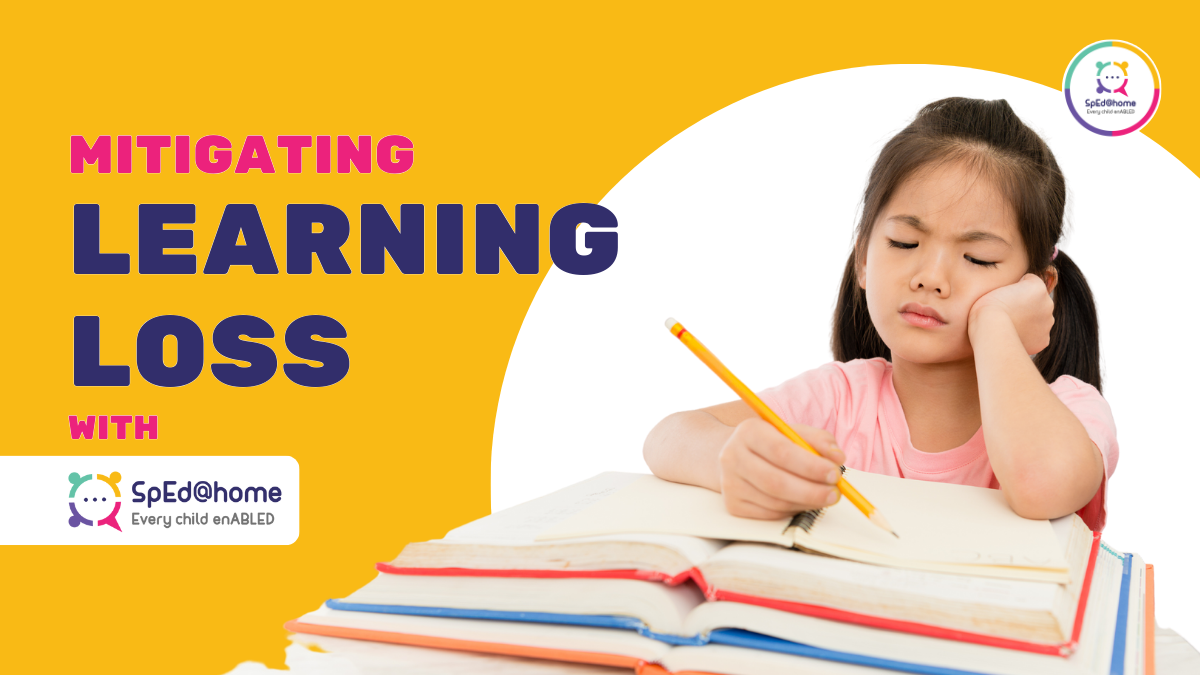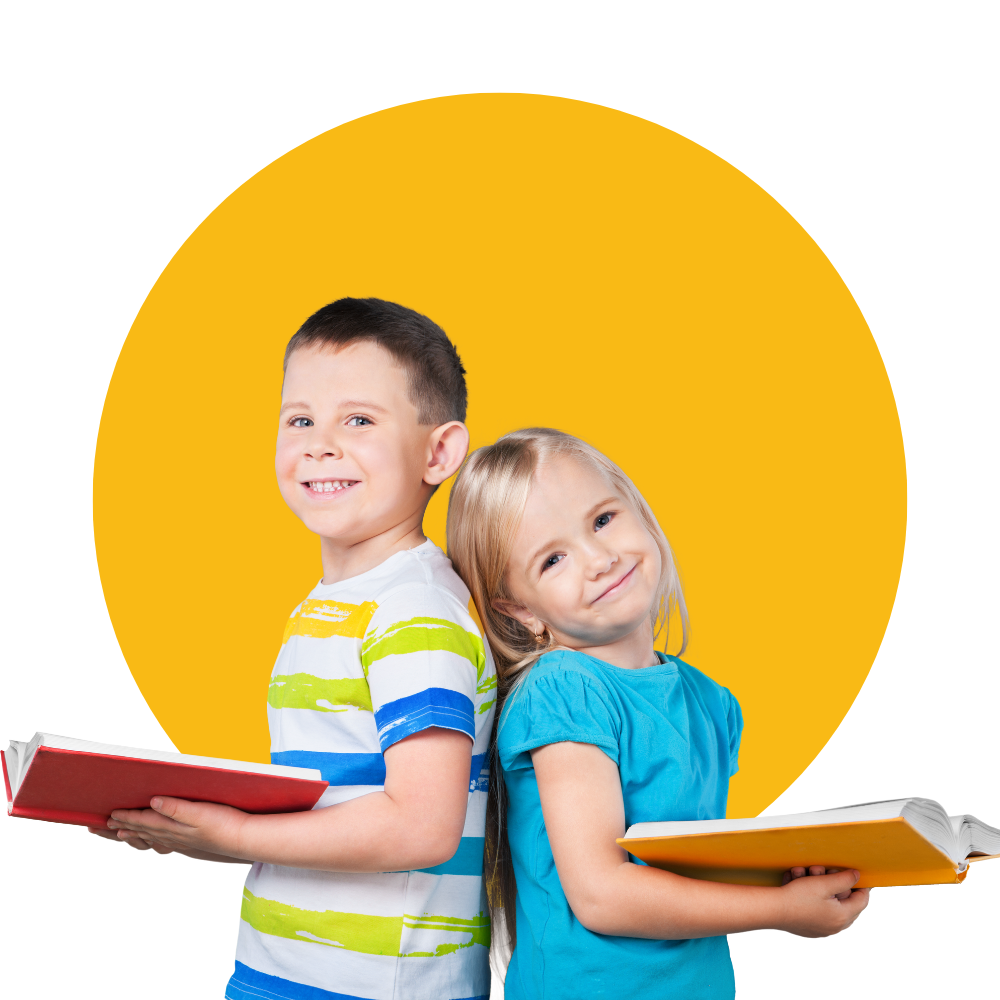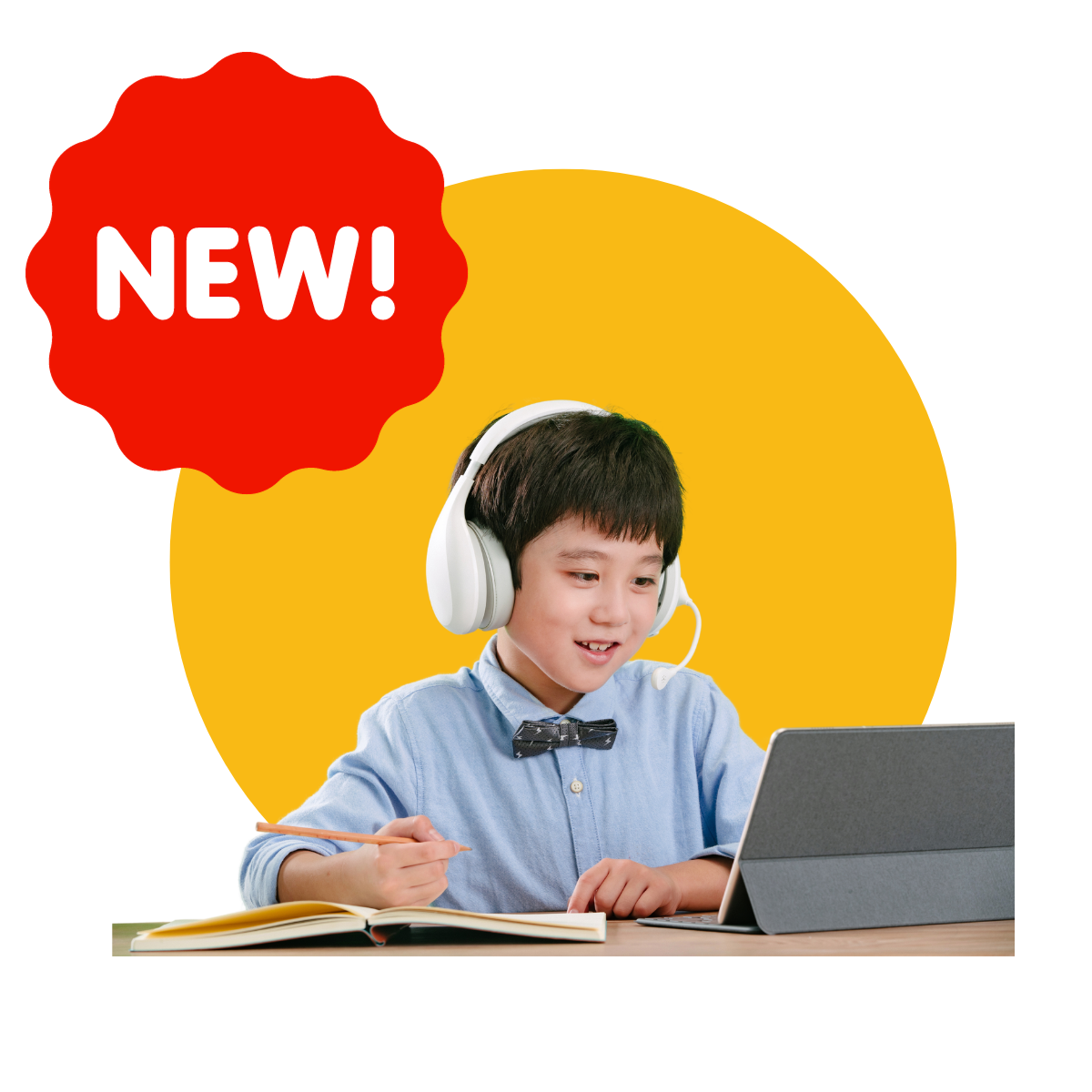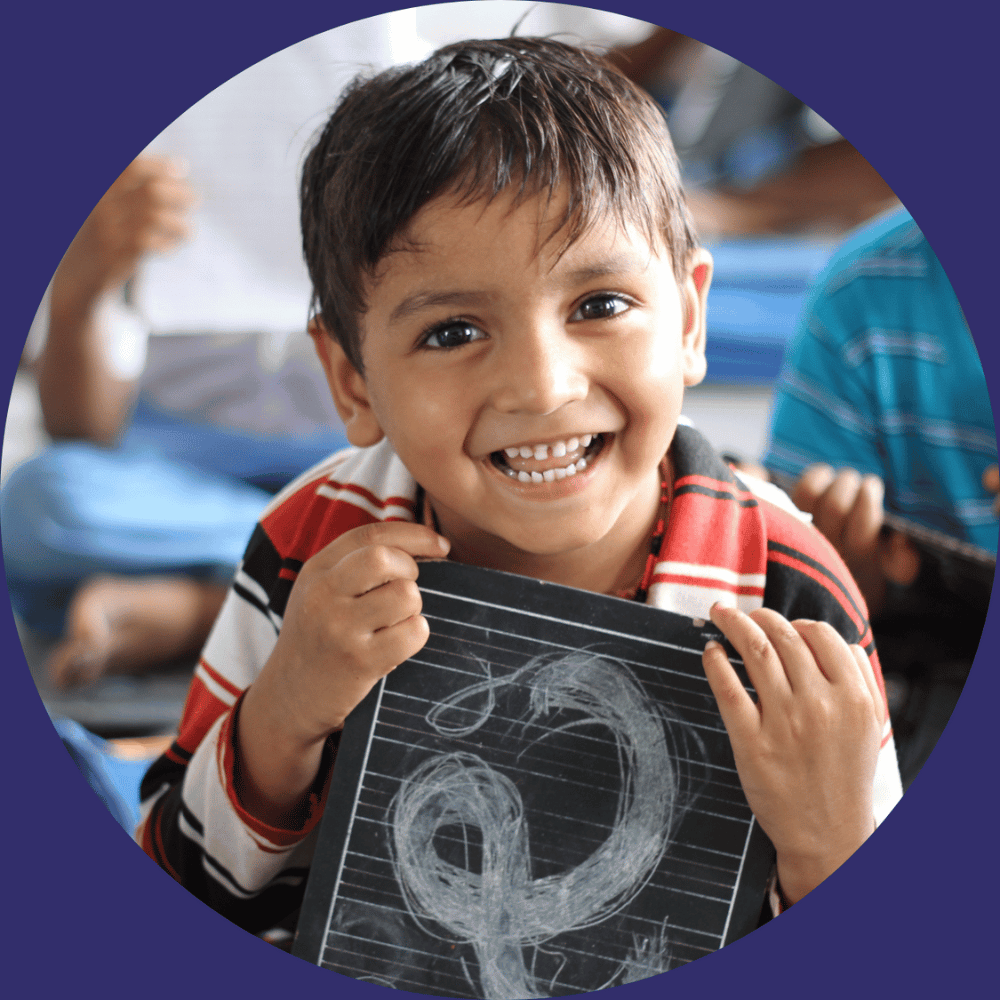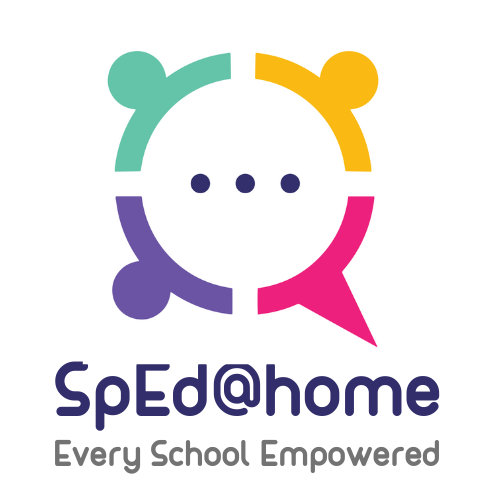The COVID-19 pandemic has reshaped the landscape of education, affecting millions of children worldwide. One of the most profound consequences has been the significant learning loss experienced by students due to extended school closures and disruptions to traditional learning routines. In this article, we will explore the multifaceted impact of the pandemic on children’s school performance and lifestyle, and the strategies needed to mitigate its long-term effects.
The Unprecedented Disruption
When the pandemic hit, schools globally were faced with the daunting task of adapting to remote learning, leaving many students disconnected from the traditional classroom environment. The sudden shift to virtual education posed numerous challenges, including limited access to technology, a lack of structured learning environments, and varying levels of parental support.
Learning Loss and Academic Achievement
Learning loss refers to the decline in educational attainment or the loss of skills and knowledge typically gained during in-person instruction. Research indicates that students experienced significant setbacks in reading, math, and other core subjects during the pandemic. The loss was most pronounced among disadvantaged communities, exacerbating educational inequalities.
Mental and Emotional Toll
Beyond academic consequences, the pandemic took a toll on children’s mental health and emotional well-being. Prolonged periods of social isolation, fear of the virus, and disrupted routines led to increased stress, anxiety, and depression in many children. These emotional challenges further hindered their ability to concentrate and perform well academically.
Redefining Lifestyle and Routine
COVID-19 forced children to adapt to a new way of life. The closure of schools and extracurricular activities disrupted their daily routines. The absence of face-to-face social interactions led to feelings of loneliness and isolation. Screen time increased significantly as online classes, entertainment, and socializing moved into the digital realm. The boundaries between school, home, and leisure became blurred.
Mitigating Learning Loss
Addressing the challenges posed by COVID-19’s impact on children’s education and lifestyle requires a multifaceted approach:
1. Targeted Support: Schools and educators should provide targeted interventions to help students catch up on missed learning. Tutoring, summer programs, and additional resources can be instrumental in bridging the learning gap.
2. Mental Health Resources: Prioritizing mental health support is crucial. Schools should offer counseling services and create a safe space for students to express their emotions and concerns.
3. Digital Literacy: Given the increased reliance on technology, promoting digital literacy and responsible screen time usage is essential. Educators and parents must guide children on navigating the digital world safely.
4. Parental Involvement: Encouraging parental involvement in their children’s education is vital. Parents can play an active role in supporting remote learning, monitoring progress, and fostering a conducive learning environment at home.
5. Flexibility and Adaptability: Education systems should remain flexible and adaptable to accommodate future disruptions. Incorporating online learning tools and hybrid models into the curriculum can help ensure continuity in education.
6. Promoting Socialization: Schools should prioritize opportunities for social interaction and extracurricular activities to help children rebuild their social skills and friendships.
The COVID-19 pandemic has left an indelible mark on children’s education and lifestyles. Learning loss, mental health challenges, and disrupted routines have all contributed to a complex set of issues. Addressing these challenges requires a collaborative effort from educators, parents, and policymakers to ensure that no child is left behind. By prioritizing targeted support, mental health resources, and adaptability in education, we can help children navigate the challenges posed by the pandemic and emerge stronger, more resilient, and better prepared for the future.





